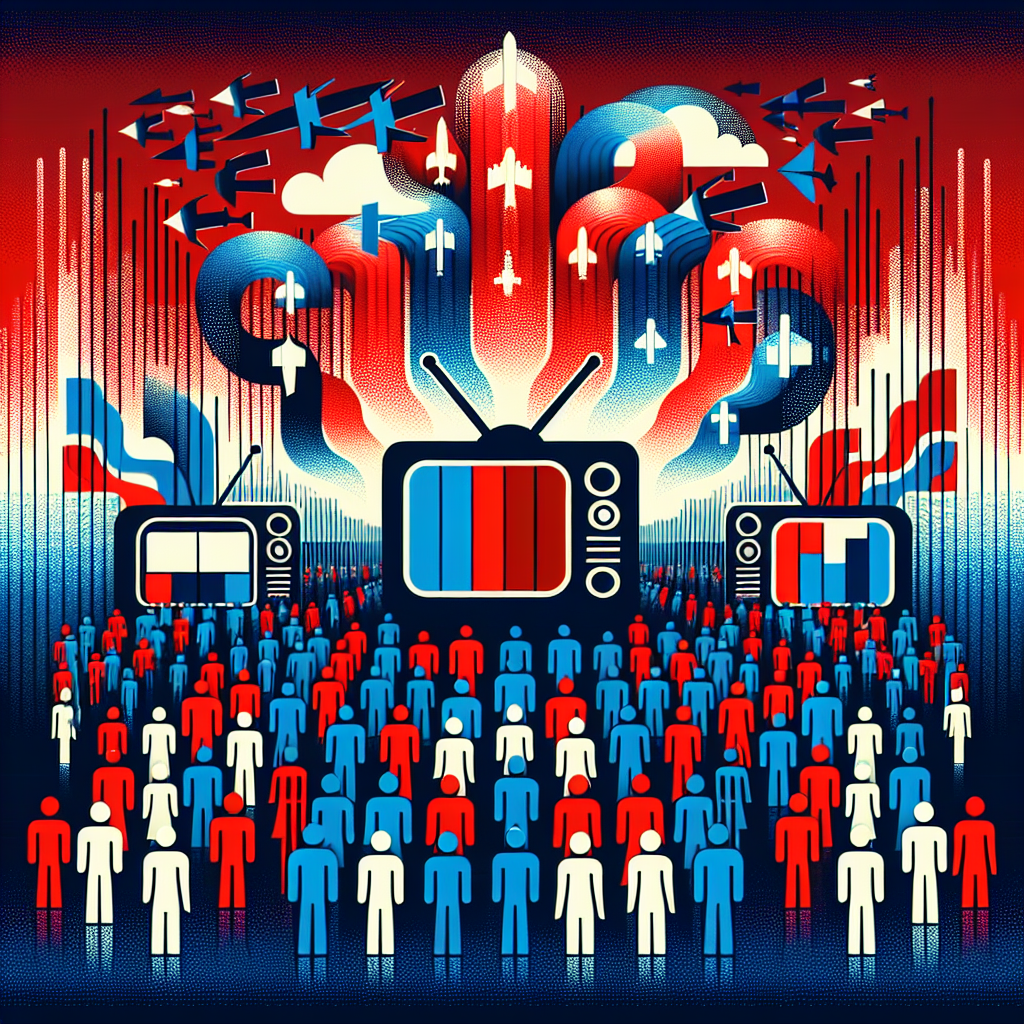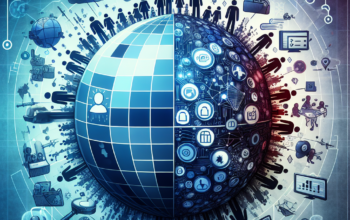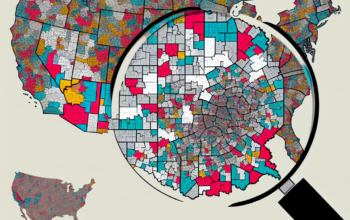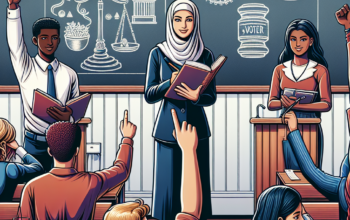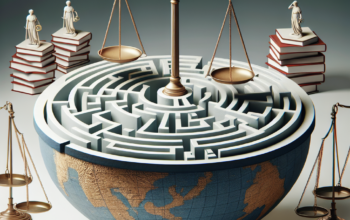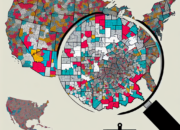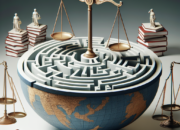Understanding Partisan Media: How It Shapes Public Opinion
In the ever-evolving landscape of information dissemination, the influence of partisan media has become increasingly significant in shaping public opinion. As we navigate through 2025, the media environment is saturated with various narratives that often reflect ideological biases, impacting how individuals perceive political, social, and cultural issues. Understanding partisan media is crucial for citizens aiming to form informed opinions that transcend mere echo chambers. This article explores the mechanics of partisan media, its effects on public discourse, and how it ultimately shapes our collective consciousness.
What is Partisan Media? A Deep Dive into the Concept
Partisan media refers to news outlets, publications, and online platforms that exhibit a clear ideological bias, often favoring one political party or viewpoint over others. In recent years, with the rise of the internet and social media, this phenomenon has proliferated. Many news platforms are no longer about presenting unbiased facts but rather crafting narratives that resonate with specific audiences. For example, conservative outlets like FOX News and liberal platforms like MSNBC have distinct editorial slants that cater to their respective audiences, leading to a bifurcation of public discourse.
This ideological skew influences not only the kind of news that is reported but also how stories are framed. For example, a partisan outlet may emphasize certain aspects of a political event while downplaying others, ultimately guiding the audience’s perception. In today’s fragmented media landscape, where social media serves as the primary source of information for millions, the consumption of partisan media can lead to polarized viewpoints, with individuals increasingly isolating themselves within ideologically homogeneous bubble.
The Impact of Partisan Media on Public Perception
The structure of partisan media plays a pivotal role in shaping public perception, particularly during critical moments like elections or crises. As of 2025, the effects of partisan media on public perception are evident in the dynamics of political campaigns. Candidates use targeted media strategies to appeal to specific voter blocks, often emphasizing their alliances with favored media outlets. As a consequence, the narratives presented can significantly skew voter perception and mobilize support or opposition, depending on the framing of issues.
Moreover, the emotional resonance of partisan media cannot be ignored. Content designed to invoke strong emotional reactions tends to be more shareable and discussed among audiences. By focusing on sensational stories that align with their audience’s values and fears, partisan media can piggyback on and amplify these emotions. The result is a more passionate and activated base, further solidifying divisions in public opinion and complicating consensus-building on contentious issues.
Echo Chambers and Their Role in Reinforcing Bias
One of the most concerning consequences of partisan media is the creation of echo chambers, where individuals are exposed primarily to information that confirms their pre-existing beliefs. In 2025, social media algorithms complement this phenomenon by curating content based on users’ preferences, leading to a skewed informational diet. When citizens continuously consume media that reflects their biases, it reinforces their opinions while marginalizing dissenting perspectives.
Echo chambers are detrimental because they foster a myopic view of complex societal issues, stripping away the nuance often required for informed discourse. For instance, topics like climate change or healthcare are frequently debated within highly polarized frameworks, with each side dismissing the validity of opposing arguments. This reinforcement of bias not only diminishes constructive dialogue but can also lead to radicalization and misinformation. The lack of exposure to diverse viewpoints results in a populace that is unprepared to engage in critical thinking or debate.
The Future of Partisan Media: Trends and Predictions
As we look forward in 2025, the landscape of partisan media is poised for significant evolution driven by technological advancements and societal shifts. The rise of artificial intelligence (AI) and machine learning is transforming how media is produced and consumed. Personalized content feeds, driven by algorithms, are increasing the polarization effect by directing individuals towards information that aligns with their beliefs, making it more challenging to encounter contrasting viewpoints.
Additionally, the role of citizen journalism and independent media is becoming more pronounced. Platforms like Substack and Patreon allow individuals to create and distribute their content, often reflecting distinct partisan beliefs. While this democratization of information can provide a platform for marginalized voices, it can also exacerbate misinformation and extreme partisanship. The challenge moving forward will be finding a balance between promoting diverse perspectives while ensuring the integrity of information disseminated to the public.
Strategies for Navigating Partisan Media
In a world rife with partisan media, developing critical media literacy is essential. Individuals must cultivate skills to navigate the media landscape effectively. First and foremost, it is vital to seek out multiple sources of information. By diversifying news consumption across the ideological spectrum, individuals can gain a more nuanced understanding of issues and counteract the effects of echo chambers. Utilizing fact-checking resources can also help verify claims and narratives encountered in media consumption.
Engaging in dialogue with those holding differing views is another cornerstone strategy for navigating partisan media. While it may be uncomfortable, engaging in respectful conversations with individuals from other political backgrounds can foster empathy and understanding, breaking down the barriers created by biased media. Lastly, fostering a critical eye towards sensationalist headlines—often used as clickbait—can lead individuals to more insightful and reliable content.
Conclusion
Understanding partisan media and its influence on public opinion is crucial in today’s divisive landscape. As the media ecosystem continues to evolve in 2025, the implications of ideological bias in media are clearer than ever. From promoting echo chambers to shaping electoral outcomes, partisan media significantly affects how we perceive reality and engage with each other. By fostering media literacy and encouraging diverse media consumption, individuals can seek to rise above the noise of partisanship and work towards a more informed and cohesive society.
FAQs
What are the main characteristics of partisan media?
Partisan media is characterized by its ideological bias, selective reporting, emotional appeal, and tailored narratives that resonate with specific audiences.
How does partisan media affect voter behavior?
Partisan media influences voter behavior by shaping perceptions of candidates, issues, and events, often leading to increased polarization and mobilization of specific voter blocks.
What strategies can help reduce the impact of partisan media?
To reduce the impact of partisan media, individuals should seek diverse sources of information, engage in conversations with differing viewpoints, and maintain a critical eye towards sensationalist content.
